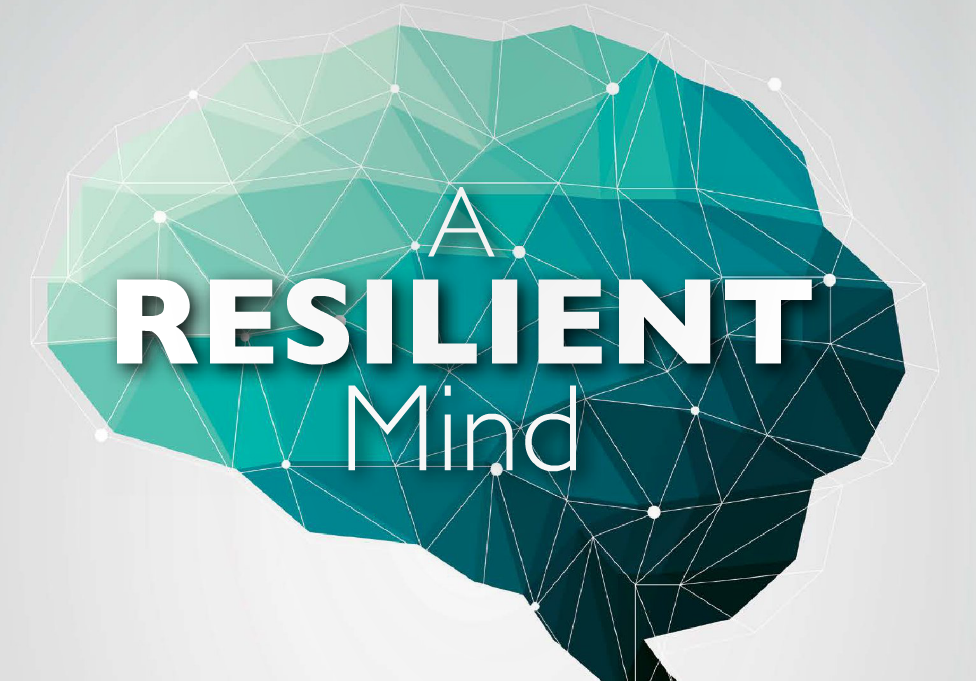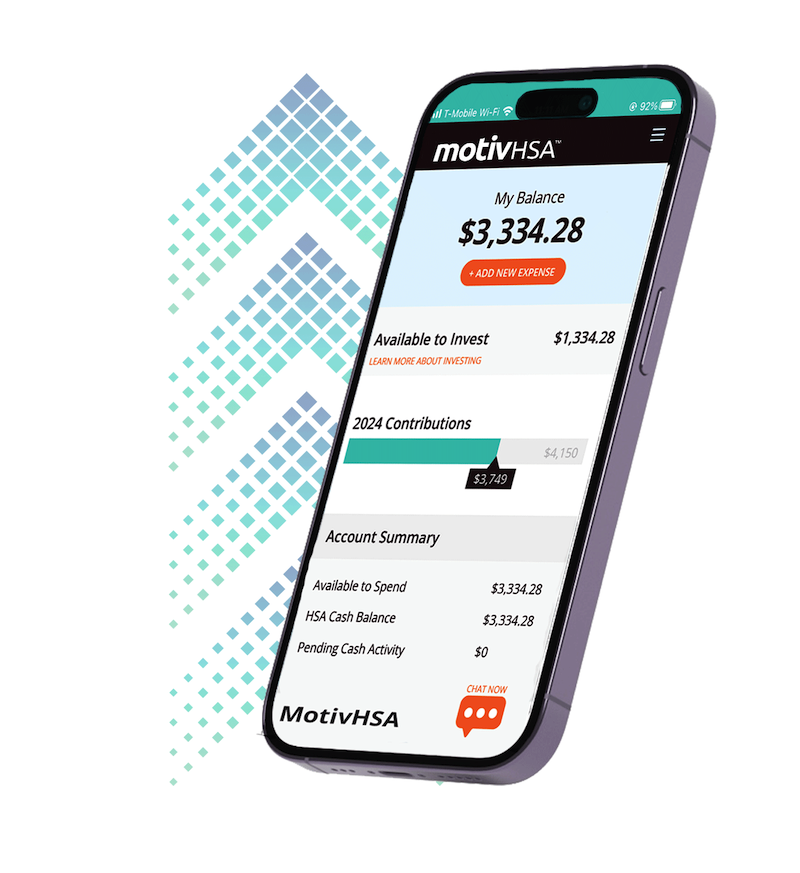A Resilient Mind: Can you roll with the punches and bounce back?
Water buoys are defiant by nature. Try to sink them, and they won’t be drowned, be it by swimmers, boats or enormous waves. Embracing the resilient nature of a buoy is a process of decades or maybe a lifetime for us humans. Resilience is a treasure we seek, a source of envy and a prized possession for those who have it.
What Is It?
Resilience is the secret sauce to any endeavor, be it physical, mental, social or occupational. It is the ability to face challenges in a healthy, productive way. Some call it the art of living.
Measuring your own levels of resilience is difficult, but as a start, see how you stack up against these common traits of resilient people:
- Positive self-views, hope
- Strong self-control (emotions, actions, thoughts)
- Self-awareness (able to identify thoughts, emotions and behaviors as productive or unproductive)
- Mental agility (the ability to look at things from a different perspective. This also makes resilient people good problem solvers)
- Strong coping skills
- Gratitude
- A service-oriented attitude
- Good connections with other adults
You Learn It
“Resilience is not a trait that people either have or do not have. It involves behaviors, thoughts and actions that can be learned and developed in anyone,” says the American Psychological Association.
This development often comes with the passage of life experiences, but learning resilience also depends on the effort we exert to attain it.
“Life doesn’t get easier or more forgiving, we get stronger and more resilient,” says author Dr. Steve Maraboli.
Mental Traps That Destroy Resilience
A look at Army life, one of the toughest professions out there, provides insight into the inner workings of resilience. Military life demands resilience if a soldier’s future is to remain bright (though the same could be said of any life).
Due to the heavy toll military service can take on soldiers and their families, the Army recently incorporated a program for developing mental strength in soldiers, specifically skills like self-awareness, optimism and connection, says Master Sgt. Jennifer Loredo, Senior Enlisted Advisor Of The US Army’s Comprehensive Soldier and Family Fitness program. Some Army leaders call this the education to be able to “bounce back.”
One skill the Army’s new program teaches is mental agility, defined as the ability to think flexibly, take new perspectives and try different solutions. This resiliency skill is important for effective problem solving and to avoid getting bogged down by the pressures that inevitably come. To teach the skill, the program helps people identify six thought traps, and how to get out of them. The traps are universally applicable.
1. Jumping to conclusions.
This is the mole-hill-to-mountain kind of thinking that gets us stressed. It also strains relationships when we make assumptions about others.
The solution here is to slow down, and ask yourself to provide the evidence for the conclusion you’ve created in your mind. For example, if you’re struggling to find a job, you may jump to the conclusion that you lack talent and intelligence. Does the struggle to find work really prove that, or are you missing a few pieces of the logic puzzle?
Note: Every thinking trap has some aspect of jumping to conclusions.
2. Mind reading.
This is the trap of assuming people know what you’re thinking or assuming you know what they’re thinking. You evade this trap by remembering to speak up, and by asking yourself “Did I express myself and did I ask for information?”
For example, if you’re bothered by a peer’s behavior, do they have any idea it bothers you? Or do you think that they should just understand what you’re feeling? Your ability to be resilient is unnecessarily strained when you aren’t expressing yourself.
Sometimes we fall prey to the idea that we ourselves are the cause of every problem we face. This inability to look outward is a sign you aren’t able to think from multiple perspectives, which increases the pressure we feel in our lives.
Take responsibility for your actions, but be willing to ask yourself how others, and circumstances, contributed to your problems. Understanding the multi-faceted nature of your problems is key to bouncing back from them.
4. Them them them.
The opposite of the last mental trap, this problem arises when we blame other people and outside circumstances for every problem we face. It is the inability to self-evaluate. Once you discover how you’re contributing to the problems you face, you discover a path to personal resilience.
5. Always always always.
This mental trap has to do with the sense of control. Often we fall into a pattern of thinking that the negative aspects of our lives are out of our control and unchangeable. This makes any attempt at resilience seem futile.
Resilient people take control of their lives, and are always sorting issues into things they can and can’t control, moving forward to improve the things they can control. This gives cause for hope.
6. Everything, everything, everything
This mental trap is when you let a single situation determine your beliefs about yourself and others. It is an inability to separate singular events from your character and the rest of your life.
For example, if you forget to pick up your child from school, you may be tempted to doubt your ability as a parent. This doubt may bleed over into other aspects of life, such as “If I can’t even be responsible for my own children, how can I ask for a promotion at work?”
This trap is dangerous because it doesn’t let us make mistakes in a healthy way. Resilient people are self-aware enough to identify the specific fault that caused the problem, and the specific area of life that will be affected.
Note: These ideas, used by the Army, are based on training materials developed by the University of Pennsylvania.
The People Factor of Resilience
One common myth about resilient people is that they don’t need help from other people. Think Hercules, Superman, etc. Our heroes are tough and do it by themselves, even if “it” is saving the world. But resilient people in real life are actually very different.
“Resilient people are resourceful, and friends and family are among their most important resources,” says PBS’s This Emotional Life. “Resilient people have strong social networks, close connections to family and friends, are able to self-disclose about their troubles to people close to them, and ask for help when they need it.”
Research shows that social support is vital for making it through challenges in a healthy way.
How Does Mental Strength Actually Help Us?
Mental toughness is more than just not drowning. It is about thriving. For example, research shows that physical performance improves with mental resilience, be it in a basketball game or on a battlefield. Resilient people are the pillars of their families, friends and coworkers. They are productive because discouragement isn’t quicksand, they smile because setbacks don’t determine their attitude.
“Positive emotions like kindness, amusement, creativity, and gratitude put us in a frame of mind to explore the world around us and build a larger repertoire of assets that we can draw on in stressful times,” says This Emotional Life.
Resilient people are continuously drawing things from life experiences, adapting their viewpoints and progressing in knowledge. This in turn increases capacity to weather future storms.
Also, research suggests that positivity and happiness spread, meaning that resilient people influence others to be more resilient. Choose your friends wisely.
Lastly, resilience is the lifeblood of anyone’s best qualities. A nice person is consistently nice, and not just when convenient. A hard worker is a hard worker regardless of the scenario. A generous person doesn’t stop giving when they don’t have as much. The resilient nature of your virtues is in fact what makes them virtues that matter at all.





No Comment